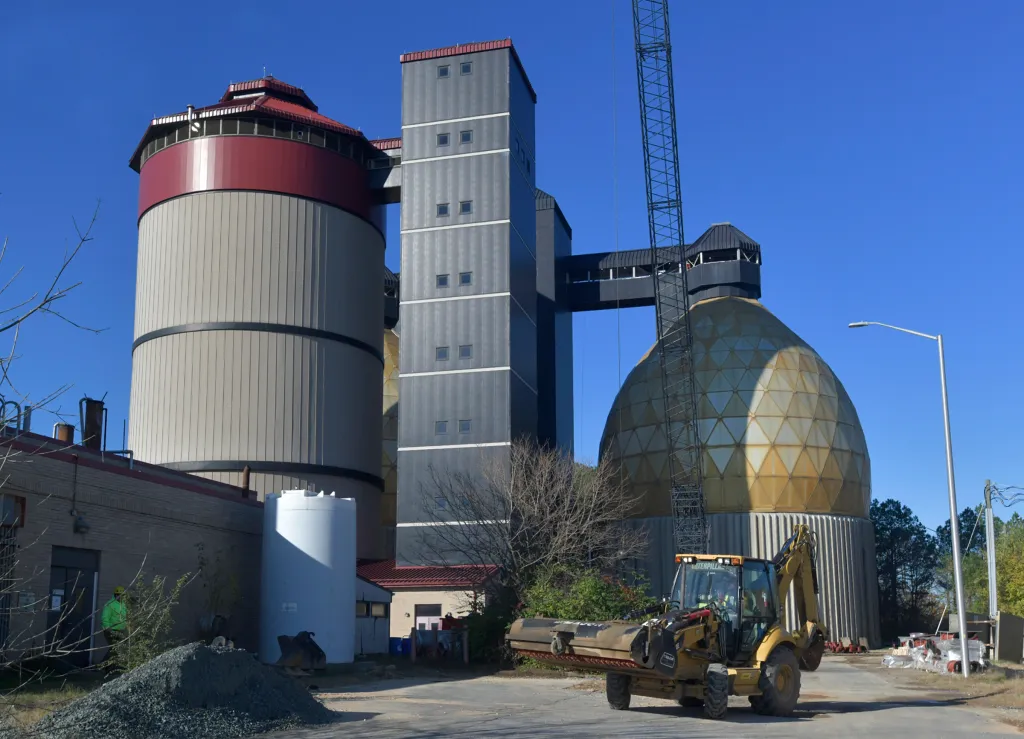
A meandering environmental disaster in Maryland was finally brought under control two years ago. It seemed that way on paper, anyway. That’s when the state attorney general and environment secretary announced the settlement of a lawsuit against Baltimore City over unauthorized discharges of pollution from its wastewater treatment plant into the Back River, a tributary of the Chesapeake Bay.
The plant, operating since 1911, reached a low point in modern history in 2022 when the state took control of it. They sent in the Maryland Environmental Service, a quasi-government agency, which observed Baltimore City Department of Public Works employees sleeping on the job, talking on their personal cell phones and washing their cars. The MES report noted that some workers did virtually nothing for an entire shift. While employees enjoyed themselves, the plant was falling apart, spewing waste into the river.
Fast forward to spring of this year, and Maryland Department of the Environment Secretary Serena McIlwain hailed a “dramatic turnaround” at the Dundalk plant. As Maryland’s largest wastewater processing facility serving primarily Baltimore County and the city, the secretary’s assertion, if true, would be a win for the region.
But McIlwain went on to say that long-term success will depend on government officials being transparent with the public. That is not happening. Taxpayers do not know the amount of pollution and raw sewage dumped into the Back River. The process for obtaining timely, complete water quality data is as murky as the river itself.
According to the U.S. EPA, permitted facilities like the Back River plant are required to monitor the quality of their wastewater discharge and send reports to their permitting authority. In this case, Baltimore City’s Department of Public Works, which owns and operates the plant, submits what are formally called discharge monitoring reports to the state’s environment department each month.
Yet the Maryland Department of the Environment website posts discharge monitoring data that is over 10 years old, a far cry from the transparency the secretary promises. But it gets worse. Staff at MDE’s water and science division say a Public Information Act request is required to see actual DMR reports and point to an obscure EPA database as a possible source of information.
Where there is recent water quality data, it’s not good. The nonprofit organization Back River Restoration Committee, which collects trash, holds fishing tournaments and samples water quality, characterizes a test site near the plant as failing this summer due to unsafe levels of bacteria. That may stem from a variety of reasons beyond point source pollution, but it does not inspire confidence that the plant is improving.
Residents of Dundalk, Essex and other communities near the river sense something is amiss. Odors from the plant are described as so strong that they go through closed windows into homes. Then there is the invasion of nuisance-insect midges, which ruin outdoor dining at area restaurants, cover entire homes and swarm everywhere. As water utility customers paying bills each month, county residents experience the strange dynamic of city-controlled water infrastructure serving them and the nearly impossible task of holding anyone accountable.
One might think that Baltimore County officials would act. After all, the plant and Back River are in their jurisdiction. Water quality data on the county’s website, however, is over two years old, testing for E. coli bacteria. If anyone at the county’s Department of Environmental Protection and Sustainability has current, more comprehensive water quality data on their desk somewhere, many would like to see it.
As for the midge invasion, the county is actually doing something. At a cost of over $1 million per year, helicopters are spraying the area in a losing battle to control the population. County Executive Kathy Klausmeier, who is comfortable in established political circles, explains heavy rainfall as a reason for the bugs proliferating. That is nonsense. County staff acknowledge the presence of larvae inside the treatment plant, an incubator for untold millions of midges. Moreover, scientific research points to nutrient-filled waters as optimum breeding conditions.
Relying on multiple government agencies for water quality information stops our ability to identify and solve the problem. Baltimore County officials should post current water quality data online and stop dismissing obvious signs of pollution. Until our local officials lead, no contact advisories, no fishing, rancid odors, midge invasions, unknown amounts of pollution and declining property values will become a way of life in communities that have the misfortune of being near the Back River Wastewater Treatment Plant.
Kim Stansbury is a community activist and volunteer on local environmental projects including tree plantings and river restorations. She is running as a Republican candidate for Baltimore County executive.



